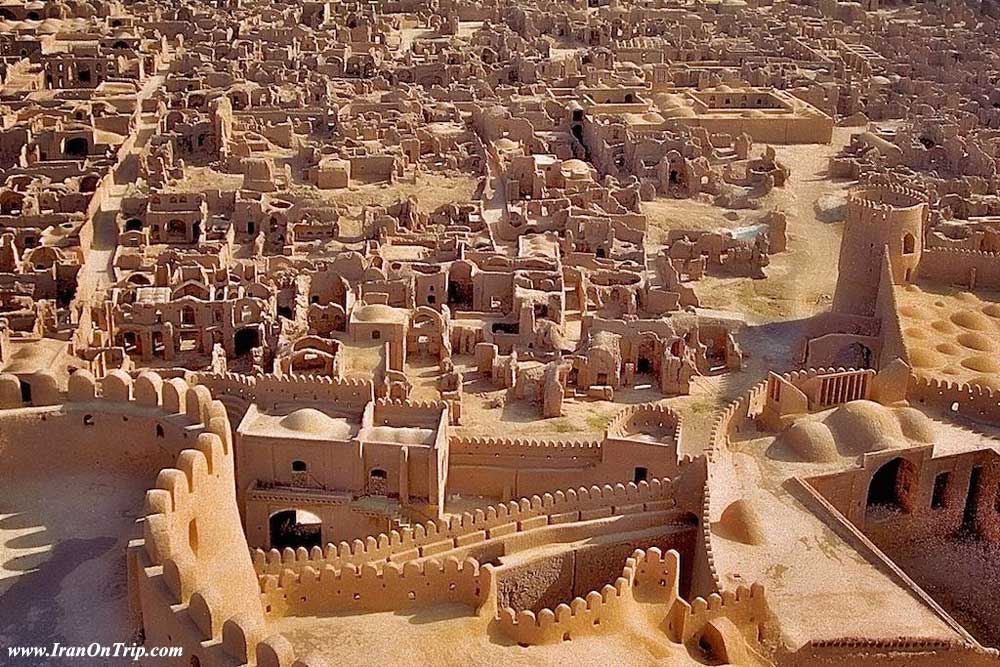Kerman Province
All About Historical Places of Kerman Province
Abuot Kerman Province
Capital: Kerman
Area: 186,422 km2
Population: 2.2 million
The province of Kerman is the third largest in Iran. Its north-east takes in much of the Dasht-e-Lut desert, andKerman Tourist Attractions most of the province is largely steppe orsandy desert, though there are some oases where dates, citrus fruits, pistachios and cereals are cultivated.In view of its barren nature, the province is very dependent on Ghanats. (underground water channels), built many centuries ago but still used today. The climate is surprise ingly varied in summer - hot and sometimes humid in the south, while considerably milder in the north.For many centuries the livelihood of Kerman depended on its place on the Asian trade routes, but from about the beginning of the Safavid dynasty (1502-1722) it has relied more on the production of carpets. The barren nature of the surrounding terrain has never presented much scope for agriculture, and today the main activity of the town continues to be the manufacture of carpets and other handicrafts. It has a Zoroastrian minority, though much smaller than that in Yazd.It is the largest and most developed city in the Kerman Province and the most important city in South-East Iran. It is one of the largest cities of Iran in terms of area. Kerman is famous for its long history and strong cultural heritage. The city is home to many historic mosques and Zoroastrian fire temples. Kerman is also on the list of the recent world's 1000 cleanest cities. Kerman is also a former capital of Iran, a position that it held during several periods. It is located on a large, flat plain, 1,036 km (643 mi) south of Tehran, the capital of Iran.
Climate
The city's many districts are surrounded by mountains which bring variety to Kerman's year round weather pattern, thus the northern part of the city is located in an arid desert area, while the highland of the southern part of the city enjoys a more moderate climate. The mean elevation of the city is about 1755 m above sea level.Kerman city has a moderate climate and the average annual rainfall is 135 mm. Because it is located close to the Kavir-e lut, Kerman has hot summers and in the spring it often has violent sand storms. Otherwise, its climate is relatively cool.The climate in the province varies in different regions depending on the relief of the land. The north, northwest and central areas experience a dry and moderate climate, whereas in the south and southeast, the weather is warm and relatively humid. The city of Kerman and the surrounding regions have a semi-moderate and dry climate, with a maximum and minimum temperature of 39.6° C, and -7° C respectively. The average temperature during the months of March - June has been recorded as 20° - 25° C. These months are the most suitable period for travel to the said region.
Geography
Kerman is located on a high margin of Kavir-e Lut (Lut Desert) in the central south of Iran. The city is surrounded by mountains. Kerman is also located along the Saheb Al Zman mountain .The city is 1,755 m (5,758 ft) above sea level that makes it the third capital city(of a province) in Iran with the highest Elevation. Winter has very cold nights in Kerman. Mountains in the South and South East Jftan Joopar and Plvar and Kerman have snow all year round. Kerman is located at latitude 30.29 and longitude 57.06 .Read more
Culture
Kerman has an abundance of architectural relics of antiquity.
Kerman is among several cites in Iran with a strong cultural heritage, which is expressed in the local accent, poetry, local music, handicrafts and customs that Kerman has introduced to the world of culture.The only anthropology Iran museum of Zoroastrians in the world, which showcases the ancient history of Zoroastrians, is in Kerman’s Fire Temple.Read more
Economy
The economy of Kerman is mostly based on farming, notably nut farming and also mining. Sarchashmeh Copper mine is the second biggest copper mine in the world after the one located in Chile. Pistachio is an important source of economy in Kerman, with Kerman Province being the biggest producer of pistachio in Iran and all over the world.Read more
Get in/ around
Kerman International Airport (IATA: KER – ICAO: OIKK) has regular flights to some major and smaller cities in Iran. The destinations include: 1.Tehran (3-4 flights per day) 2. Isfahan(1 flight per week) 3. Zahedan (1 flight per week) 4. Mashad (2 flights per week) 5. Kish Island (2 flights per week) 6. Kermanshah 7. Shiraz.Read more
Kerman's Zoroastrian Population
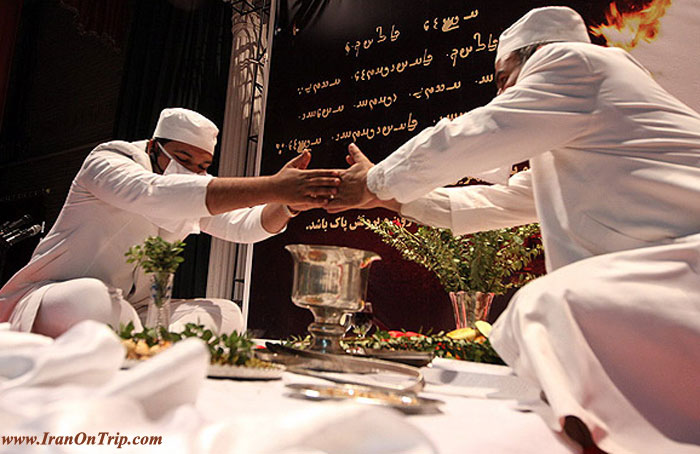
Kerman together with Yazd and Pars (Persia) became part of the Zoroastrian group of nations after the close of the Avestan canon, that is, the time when no further additions to the Avesta were made. Kerman could very well have received Zoroastrianism via Khorasan and Siestan rather than via Pars and Yazd. After the Islamic Arab invasion of Iran, Kerman and Yazd became the two provinces that continued to maintain significant numbers of Zoroastrians and therefore Zoroastrian neighbourhoods.Read more
History of Kerman

Kerman was founded as a defensive outpost, with the name Behdesīr, by Ardashir I founder of the Sasanian Empire, in the 3rd century AD. After the Battle of Nahāvand in 642, the city came under Muslim rule. At first the city's isolation allowed Kharijites and Zoroastrians to thrive there, but the Kharijites were wiped out in 698, and the population was mostly Muslim by 725. Already in the eighth century the city was famous for its manufacture of cashmere wool shawls and other textiles. The Abbasid Caliphate's authority over the region was weak, and power passed in the tenth century to the Buyid dynasty, which maintained control even when the region and city fell to Mahmud of Ghazna in the late tenth century. The name Kerman was adopted at some point in the tenth century.Read more
Kerman Historical Sites
The Ganjali Khan Complex

The Ganjali Khan Complex is a Safavid-era building complex, located in the old center of city of Kerman, Iran. The complex is composed of a school, a square, a caravanserai, a bathhouse, an Ab Anbar (water reservoir), a mint, a mosque and a bazaar.Read more
The Bazaar-e-Bozorg
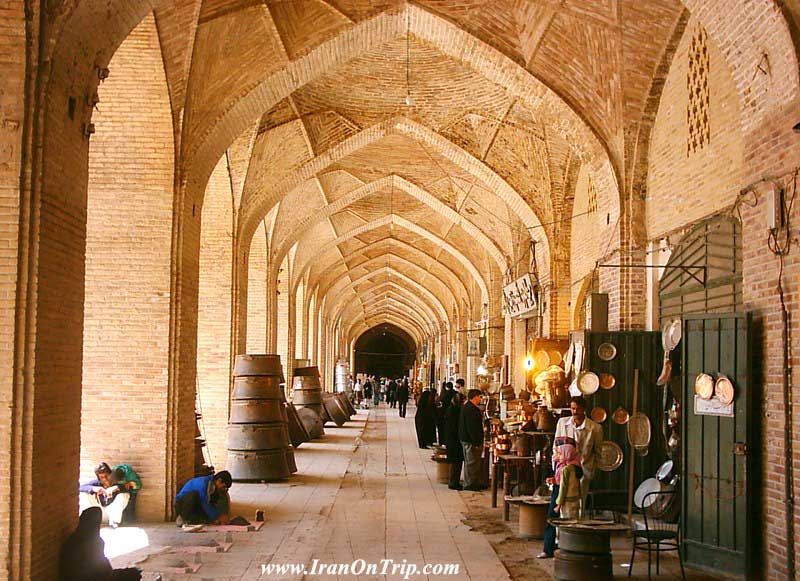
The Bazaar-e-Bozorg (Grand Bazaar) of Kerman lies between the Arq and Moshtaqiyeh squares of Kerman city. The bazaar comprises of various rows or alleys such as Arg, Ganj Ali Khan, Ekhtiyari, Sardari, Vakil, Attari, Qadam Gah and Mozaffari Alleys. Any part of this bazaar had been constructed during the rules of one of the commander or rulers in this territory.Read more
Jame Mosque
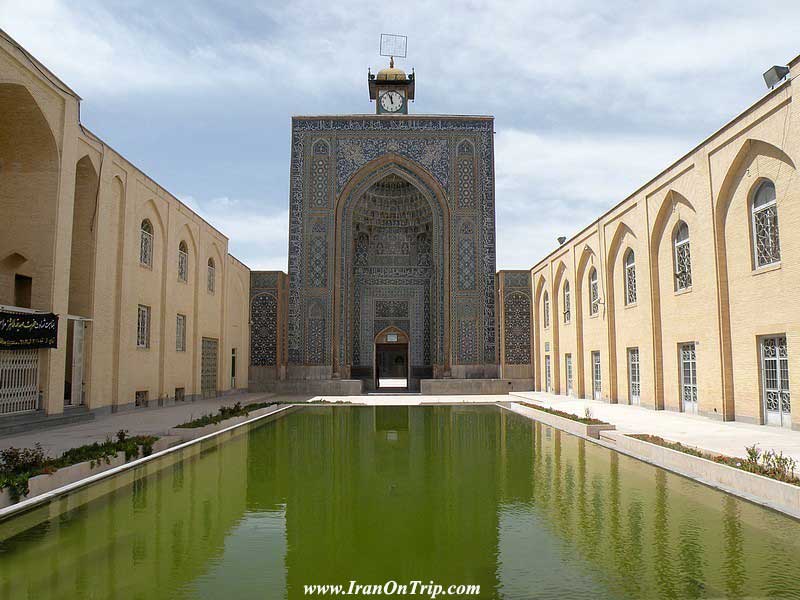
The Friday mosque of Kerman is located in the prominent city of Kerman, which was established almost a thousand kilometers southeast of Tehran on an important crossroads of mercantile activities connecting north to south and west to east.Read more
Jabalieh Dome
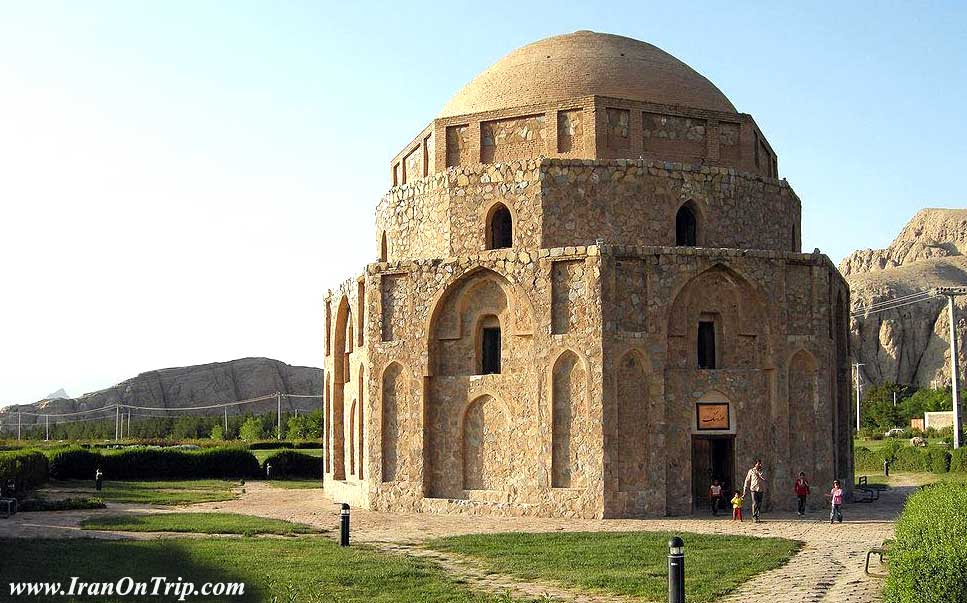
The Jabalieh Dome, also known as Jahan Sang, Gonbad Gabri, Gonbad Ganj and Ma’bad Sangi, is an octagonal structure located in Kerman.The dome has been constructed of brick, though the building is of stone and gypsum. The dome has been built on the slopes of Gholleh Dokhtar Mountain and is among the most beautiful architectural feats of Iran.Read more
Ganj Ali Khan School
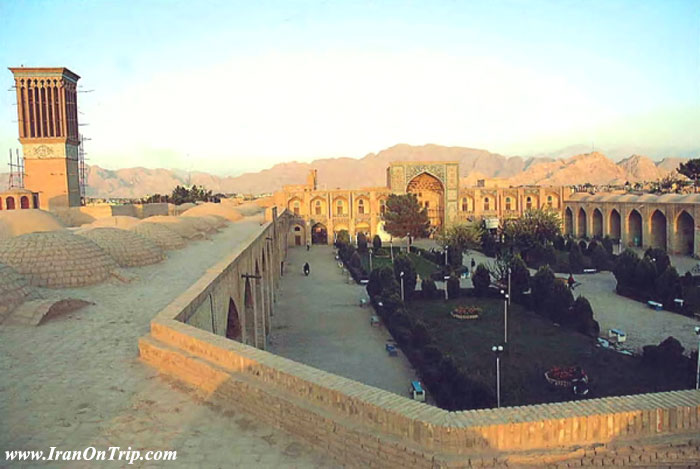
This structure is located in the Ganj Ali Khan sq. in Kerman, and was a reputed school in the past. Later, it was converted into a caravansary. On an epigraph affixed to the entrance, the date 1007 A.H.(coinciding with 1598 A.D.) can be observed. Its architect was Mohammad Sultani Yazdi, and its beautifully designed chambers are in two floors. Currently, the same is in the hands of The Cultural Heritage Organization of Iran and the Jehad. Both the facade and internal areas display arched tile work which reminds us of the Safavid era.
Ganjali Khan Bath

Ganjali Khan was one of the famous rulers during the reign of Shah Abbas of Safavid. As the ruler of Kerman province he constructed many monuments and buildings, displaying a modern architectural style of the time. Ganjali Khan complex is composed of a school, a square, a caravansary, a public bath, a water reservoir, a mint house, a mosque and a bazaar.Read more
Moshtaqiyeh Dome

Moshtaqiyeh comprises three domes which contain tombs of Moshtaq Alishah, Sheikh Esmaeil, and Kowsar Alishah who were among major Sufis of their time. The site was constructed after 1202 AH where Mirza Hossein Khan Rayeni, who once ruled in Kerman, is also buried. After Moshtaq Alishah was killed in Ramadan, 1206 AH, at the entrance of the Grand Mosque of Kerman, he and his close friend, Dervish Jafar, were buried in this pace, which was called Moshtaqiyeh from that time. The building is located at a square which carried the same name and the Grand Mosque of Kerman is located to its west. The treed courtyard of Moshtaqiyeh has added to its beauty.
Anthropological Museum (Ganj Ali Khan Bath)
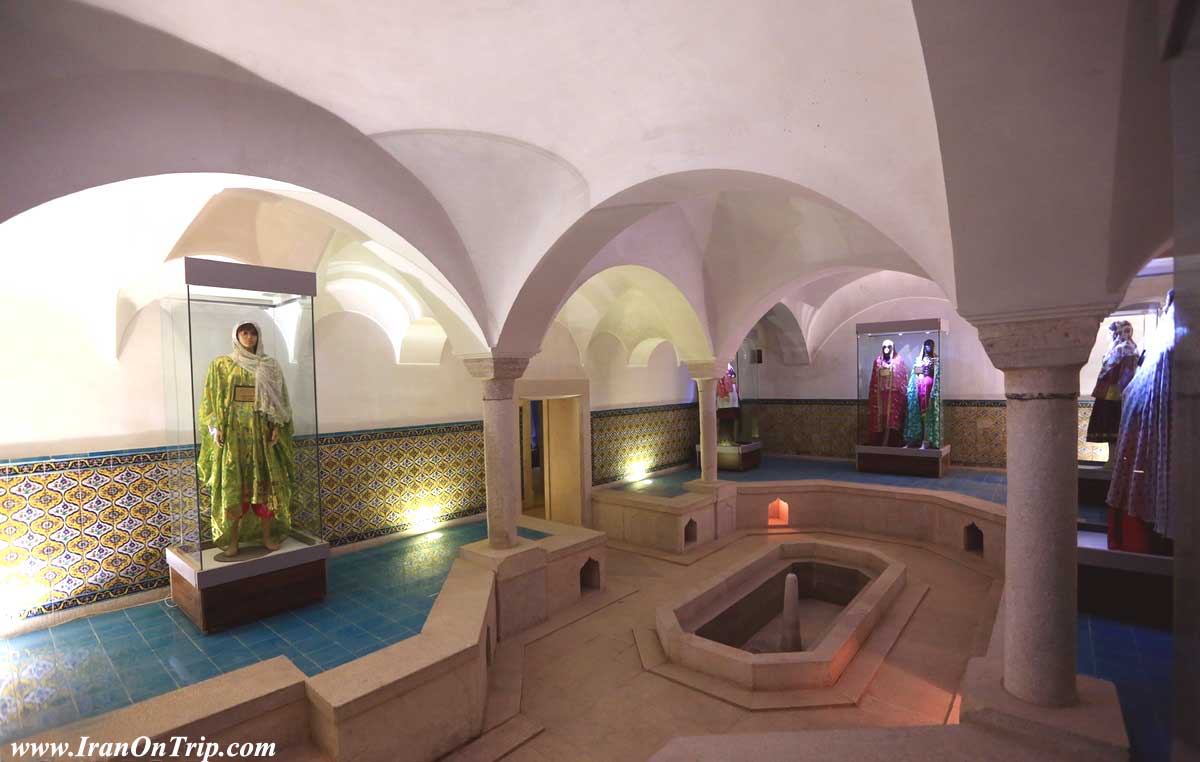
The Ganj Ali Khan Bath is situated to the south of the Ganj Ali Khan Aggregate. The same was constructed in the year 1020 A.H., under the orders of Ganj Ali Khan the governor of the time.After necessary renovations, this bath was converted into an anthropological museum in the year 1971. Here statues are on exhibit, so as to display the various rituals in connection to the bath, such as cupping, shaving of the head, etc. besides other implements to do with an ancient and traditional bath.
Arg-i Bam (Citadel of Bam)
.jpg)
Bam: UNESCO Historical Site: Bam This is an ancient walled city originally built under Achaemenians and has been a tourist attraction and historic site despite all the natural devastation cases, earthquakes. Kariz underground water supplement system made life possible in this oasis. Life was going on here more than 2000. Bam is situated in a desert environment on the southern edge of the Iranian high plateau. The origins of Bam can be traced back to the Achaemenid period (6th to 4th centuries BC). Its heyday Read more
Rayen Citadel
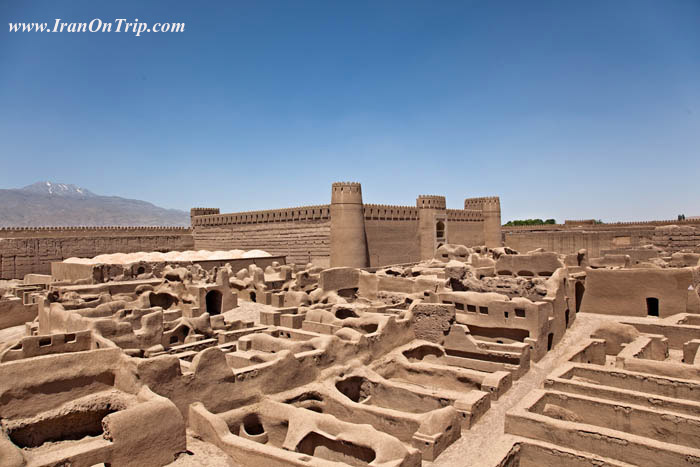
Rayen Citadel is an adobe castle situated in Kerman Province south-west of the city of Rayen and is considered the biggest earthen structure of Kerman province after Bam Citadel. Rayen displays all the architectural elements of a deserted citadel. Rayen Citadel was inhabited until 150 years ago and, although believed to be between 500 and 1,000 years old,Read more
Darvish Khan's Stone Garden
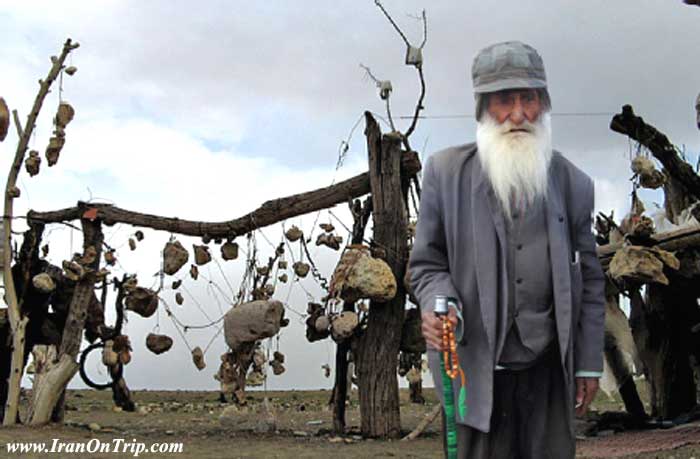
Stone Garden is Iran’s most amazing garden visited by about 6,000 Iranian and foreign tourists every year. Darvish Khan's Stone Garden is located about 45 kilometers from Sirjan in Iran's Kerman province and 40 kilometers from Shiraz. The garden was created almost 4 decades ago by the late Darvish Khan Esfandiarpoor upon losing his treasured garden.Read more
Ebrahim Khan School
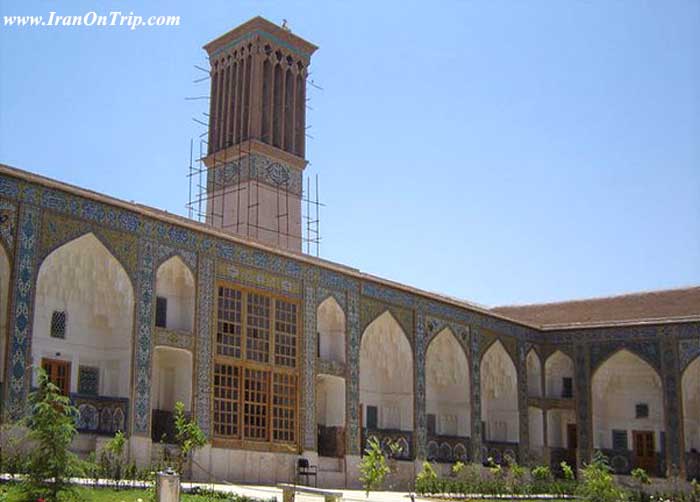
This school belongs to the Sheikhiyeh Sect and comprises of sections such as the class rooms, library, mosque, utility rooms etc. The main structure has a hall, altar, porches and cubicles alongside. Internally, the structure has been adorned with tile work in seven colors with flower patterns, in addition to other pieces of art works and plaster works.
Historical Caravansaries
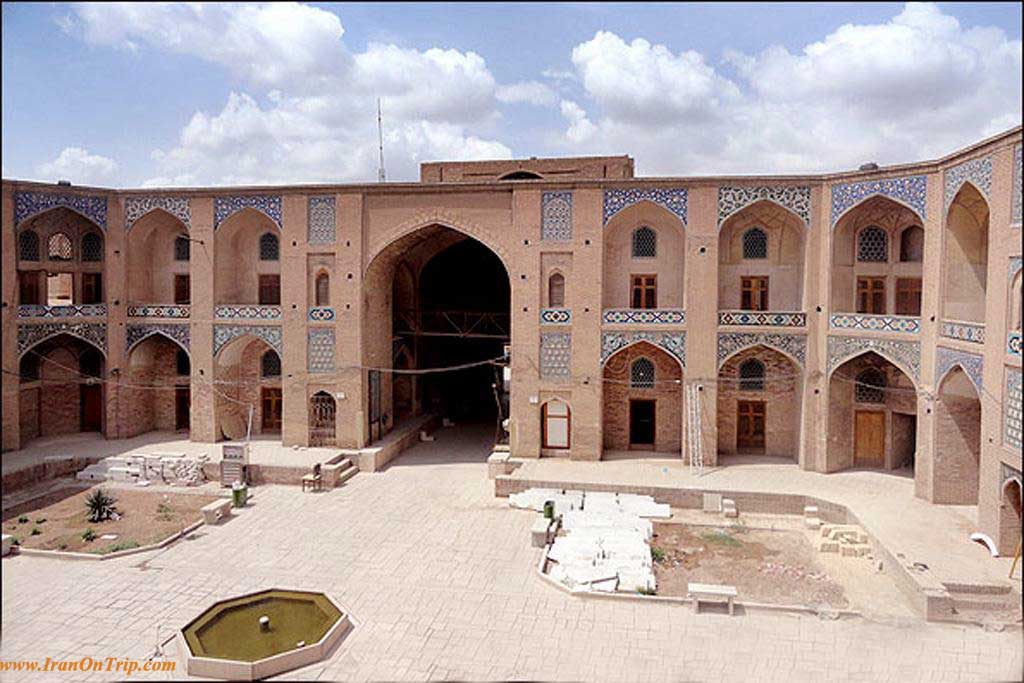
The caravansaries of Iran are relics from the past and display a traditional architecture of the times. These structures besides being temporary resting areas or similar to inns for weary travelers, were also a political, economical and social axis. Alike the other provinces of Iran, the Province of Kerman too, has its own share of this valuable and historical vestige.Read more
Shah Nematollah Vali Shrine

The Shah Nematollah Vali Shrine (Persian: آرامگاه شاه نعمت الله ولی) is a historical complex, located in Mahan,Iran, which contains the mausoleum of Shah Nematollah Vali, the renowned Iranian mystic and poet. Shah Nematollah Vali died in 1431 aged over 100. In 1436 a shrine was erected in his honor and became a pilgrimage site Read more
Shazdeh Garden

The Shazdeh Garden is a historical Persian garden located on the outskirts of Mahan in Kerman province, and was constructed under the orders of the governor of Kerman, Abdolhamid Mirza Naserodoleh, during the late Qajar period. Built in the traditional style in the late 1900s, the Garden consists of pools in a terraced fashion.Read more
Yakhchal Moayedi

The yakhchal in Kerman is located about one and a half kilometres from the centre of the city. This cone-shaped building is about eighteen metres high. The massive insulation and the continuous cooling waters that spiral down its side keep the ice stored there in winter frozen throughout the summer.Read more
Baq-e Gonbad Sabz ( Darvazeh Kashan )
.jpg)
In the vicinity of the 'Baq-e-Gonbad Sabz', which is a small garden to the east of the city, are three relics dating to the 8th century AH. This vicinity is reputedly known as Darvazeh Kashan and so too its domes. According to inscriptions two of these are the tombs of ancient commanders from the Ali Safi household in the 8th century AH., and the third dome is also of the same period according to historical records. The inhabitants of Qom take these three structures to be the tombs of Sa'ad, Saeid and Masoud', great Arab personalities, who enlivened Qom in the Islamic era.Read more
Zarabkhaneh (Mint House) Museum (Coin Museum)
This museum is located to the north of the Ganj Ali Khan square of Kerman. The ceilings and porches of this structure are adorned with beautiful plaster works. In the past the premises was a mint and a government treasury.
Hamoon Jazmoorian Lake, Kerman Province
The Hamoon Jazmoorian Lake is an important lake of Kerman Province, with a variable capacity of water. The same does not account as a permanent lake of this region. The Halil Rood and Bampour Rivers flow into this lake from the west and east respectively
Bagh-e Harandi
The founder of this structure and garden was the late Adl-ol-Sultan, belongs to recent centuries. The premises has historical value in that Reza Khan stopped there for a while, during his last journey on the way to exile.
Hidden behind high walls just off the main Beheshti strip, the mansion in this peaceful garden was once the Kerman governor’s residence and now houses the small but well explained Archaeology Museum and Traditional Musical Instruments Museum .
Ali Mardan Khan Reservoir
The reservoir is constructed in the Ganj Ali Khan complex in Kerman. It has been made to reserve water because of the shortage of the rain and water in some parts of Iran specially in southern areas like Kerman.Ali Mardan histoical reservoir has greatarchitecture features with an epigraph on the top of its door with inscriptions dating back to 1209 A.H. (lunar calender ). The facade of the reservoir is from tiles and engraved stones. The whole construction consists of a large area for reserving water, a covering for the source, an air trap, a conditioner, stairs and decorative facade.
.....
.....
.....

.jpg)

